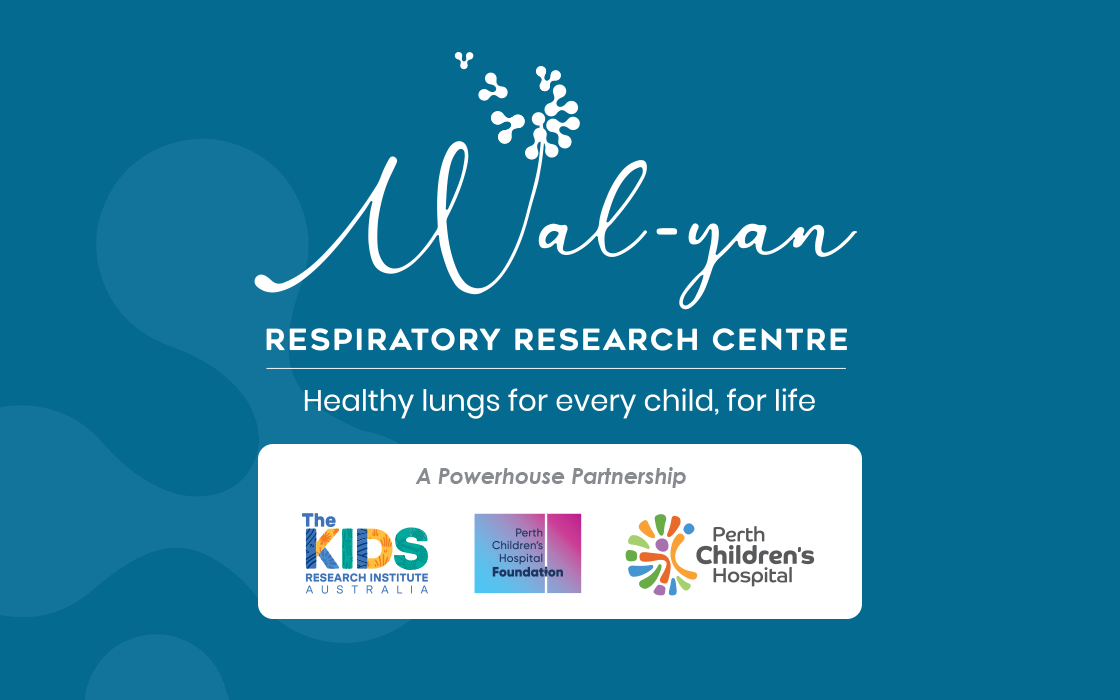Search
Showing results for "aboriginal respiratory"
Research
Morbidity due to acute lower respiratory infection in children with birth defects: A total population-based linked data studyChildren with birth defects experience higher rates of hospitalisation for ALRIs before age 2 years than children with no birth defects.
Research
Spring-infusors: How a simple and small solution can create king-sized complexityThe aims of the study were to investigate family and hospital staff views about the use of spring-infusor devices for administration of intravenous antibiotic medications, to examine if the device is acceptable and feasible and to map a process for implementation.
Research
Goroka Otitis Media Study: Prevalence and associated risk factors of otitis media in children attending urban clinics in Goroka, Eastern Highlands Province of Papua New GuineaOtitis media (OM, middle ear infections) and the consequent hearing loss are major concerns for Aboriginal people and OM can seriously impact on children’s learning potential which in turn will impact on life as an adult.
Research
Guiding practice principles for clinicians who work with Indigenous peopleCulturally safe healthcare approaches are important to improve outcomes of Indigenous people. Non-Indigenous clinicians are often ill-prepared to provide such healthcare. The NHMRC Centre for Research Excellence (CRE) especially for First Nations Children has been studying for several years how to improve clinical care for Indigenous children with respiratory disease in hospital, clinic, urban, rural and remote settings.
Research
The effect of endotracheal tubes versus laryngeal mask airways on perioperative respiratory adverse events in infants: A randomised controlled trialEvaluating the difference of the effects of Laryngeal mask airways compared to endotracheal tubes in older children (>1 year) in incidents of PRAE in infants.
Research
Epidemiology of Otitis Media hospitalisations in Western Australia: a retrospective population cohort study (1996-2012)Deborah Hannah Lehmann Moore AO, MBBS, MSc OAM BSc (Hons) GradDipClinEpi PhD Honorary Emeritus Fellow Head, Infectious Diseases Research 08 6319 1427
Research
Pediatric Bronchiectasis Action Management Plan to Improve Clinical Outcomes: A Randomized Controlled TrialManaging bronchiectasis exacerbations is a priority for patients, parents, and caregivers of children with bronchiectasis. However, evidence-based strategies among the pediatric population remain limited.
The Opportunity The diverse activities of the newly established The Kids Respiratory Research Centre will be coordinated by the Program Manager who
Research
Altered lung structure and function in mid-childhood survivors of very preterm birthTo obtain comprehensive data on lung structure and function in mid-childhood from survivors of preterm birth.

The discoveries that have set our research apart primarily relate to the factors early in life that cause life-long respiratory problems.
